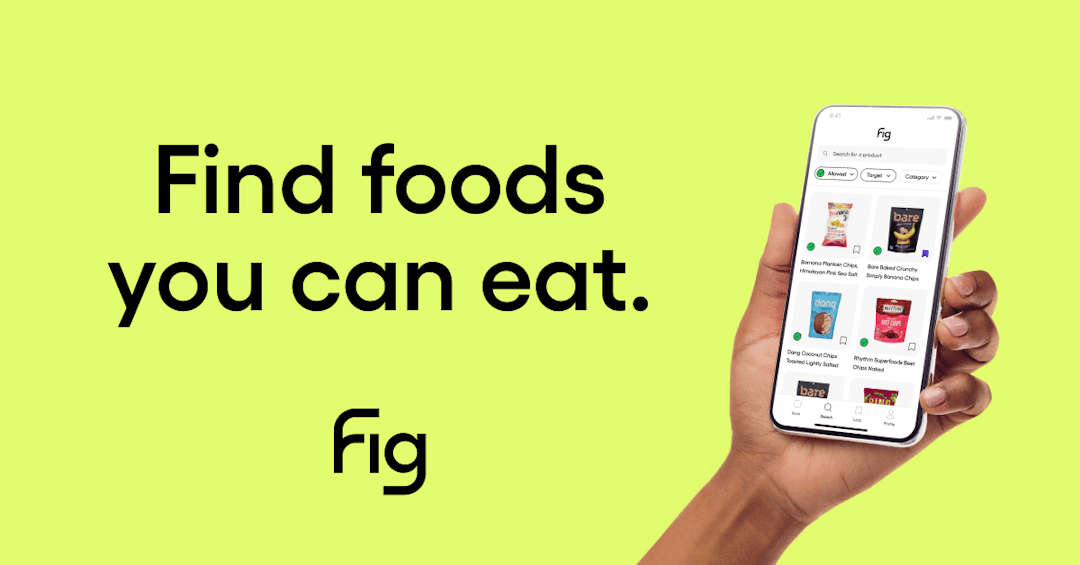


Find foods you can eat.
Introduction to a Gluten-Free Diet
Published on June 9, 2021Gluten-free foods and menus are popping up everywhere. This may be a blessing for those already following a gluten-free diet, but it creates questions for others. How do you know if you should be eating a gluten-free diet?
What is gluten?
Gluten is protein that is found in wheat, rye, and barley. Foods containing gluten include bread, crackers, cakes, cookies, cereals, pastries, pretzels, beer, pasta, and breaded foods. Additionally, gluten can be found in more surprising foods such as sauces, dressings, processed meats, seasonings, soup, and marinades.
Who should be following a gluten-free diet?
Two medical conditions come to mind when considering a gluten-free diet: Celiac disease and gluten-sensitivity. Both of these conditions require a gluten-free diet to treat the underlying issues. It’s estimated that 1% of the U.S. population has Celiac disease and 6% has gluten sensitivity to varying degrees.
Celiac Disease and a Gluten-Free Diet
Celiac disease is an autoimmune condition in which the body’s intestinal villi are damaged when gluten is ingested. The body is therefore less capable of absorbing nutrients, which can lead to deficiencies and cause a variety of other symptoms.
Signs and Symptoms of Celiac Disease
While vitamin and nutrient deficiencies are hallmark signs of the disease, there is a wide variety of potential other symptoms. One classic symptom is a skin rash called “dermatitis herpetiformis”. Additional symptoms may include GI issues such as abdominal bloating and pain, diarrhea, constipation, anorexia, insatiable hunger, abnormal stool. But people with Celiac disease can also experience non-GI symptoms including fatigue, mind fogginess and weight loss.
Diagnosing Celiac Disease
Diagnosing Celiac disease may consist of blood tests, genetic testing, and an endoscopy. Physicians also assess symptoms and may opt for additional testing to rule out other conditions.
Gluten Sensitivity
Someone with gluten sensitivity may experience symptoms similar to Celiac disease, but test negative for Celiac disease. Symptoms will generally improve with a gluten-free diet but people with gluten-sensitivity don’t experience intestinal damage and poor nutrient absorption.
Dietary Treatment
A lifelong gluten-free diet remains the only treatment for Celiac disease and gluten sensitivity and is necessary to manage symptoms. Some people with Celiac disease may require supplementation to replenish nutrients while their intestines heal but there are no pills, injections, or cures for the disease. But on the bright side, most foods are available with a gluten-free alternative or can be made gluten-free.
Starting a Gluten-Free Diet
People with Celiac disease and gluten sensitivity should eliminate gluten from their diet as much as possible. Therefore, becoming a label-reading expert is crucial for selecting safe, gluten-free foods. For example, in addition to wheat, barley, and rye, several other words may appear on the ingredients list and contain gluten. These include, but aren’t limited to: malt, matzo, brewer’s yeast, seitan, triticale, graham, couscous, spelt, farro, oat (unless certified gluten-free), and semolina. Fig’s mobile app can help determine if a product is gluten-free as well!
Certified Gluten-Free Foods
Choosing certified gluten-free foods is an easy way to make sure your food is safe. There are several different types of gluten-free certifications based on level of testing that food must go through in order to be labeled as “gluten-free”. However, food companies can decide whether or not to get their foods certified. This is why you may not see the certifications on foods you may expect to.
Cross-Contact and a Gluten-Free Diet
“Cross-contact” can complicate a gluten-free diet. This is when particles of a gluten-containing food come into contact with a gluten-free food. Cross-contact can result from using contaminated food preparation surfaces and utensils, shared fryers, airborne flour particles, and shared dips or sauces. Moreover, cross-contact can even occur during the transport of gluten-containing grains with gluten-free grains. Cross-contact makes it difficult to eat out at restaurants, so it’s important to identify safe restaurants and communicate with staff.
How healthy is a gluten-free diet?
The gluten-free diet has emerged as a popular fad diet but eliminating gluten will not automatically make you healthier or help you lose weight. Many gluten-free packaged products are higher in sugar, calories, and fat than their gluten-containing counterparts. Gluten provides elasticity to dough, giving texture and fluffiness to baked goods and other foods. Therefore, sugar and fat are added to increase flavor and texture.
Additionally, many gluten-free products are lower in B-vitamins, iron, and other crucial nutrients. They also tend to be lower in fiber and are more expensive. However, eating gluten-free doesn’t have to mean your diet is automatically less nutritious.
Naturally Gluten-Free Foods
There are plenty of gluten-free alternatives to your favorite foods but choosing naturally gluten-free foods can help maintain weight, heal your body, and replenish nutrients. Naturally gluten-free foods include fruits, vegetables, meats, fish, legumes, most dairy products, eggs, and potatoes. Moreover, some fiber-rich gluten-free grains and flours include corn, whole grain rice, buckwheat, flax, amaranth, millet, sorghum, cassava, coconut, and certified gluten-free oats. Even though these foods are gluten-free in their most natural form, reading nutrition labels on packages is still important to identify any gluten-containing ingredients that may be added. Overall, eating a variety of plant-based foods helps ensure you’re getting plenty of nutrients in your gluten-free diet.
Beginning a gluten-free diet can be a unique opportunity to see food in a different way. There are plenty of foods and cuisines that may be naturally gluten-free or can be easily made gluten-free with modification. For example, corn tortillas, beans, and guacamole are naturally gluten-free. There are a variety of gluten-free soy sauces available to make your favorite stir fry. Similarly, traditional Indian ingredients like curry, lentils, and turmeric are also naturally gluten-free.
Conclusion
In short, before you begin a gluten-free diet, it’s best to consult with your doctor. If you and your doctor decide to move forward with a gluten-free diet, a Registered Dietitian should be your next stop. Navigating a gluten-free diet can be challenging at first and a Registered Dietitian specializing in gluten-free nutrition can make sure you are on the right path.
Quickly find gluten free products with the Fig app or check if products are likely gluten free online.
 Low FODMAP Label Reading
Low FODMAP Label Reading Fig Finds: Vegan Snacks
Fig Finds: Vegan Snacks